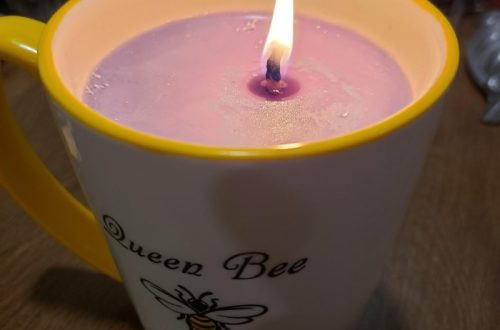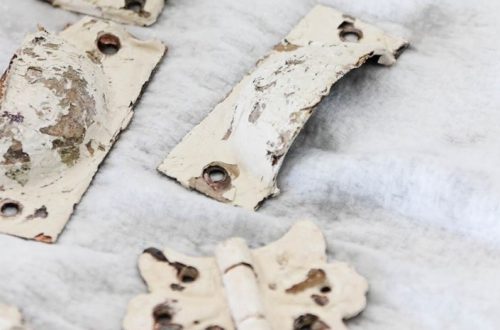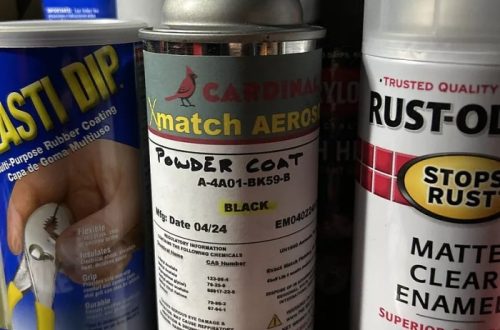Introduction to Erlenmeyer Flask
Erlenmeyer flasks are a mainstay in labs worldwide. Known for their unique conical design, they serve multiple functions in scientific research. Their versatility makes them a preferred choice for various lab tasks.
History and Design
The Erlenmeyer flask was named after Emil Erlenmeyer, a German chemist who invented it in the 1860s. Its distinctive shape, with a broad, flat base and a tapered body that concludes into a cylindrical neck, is instantly recognizable. This design is not just for aesthetics; it aids in mixing and minimizes spills.
Material and Build Quality
Erlenmeyer flasks are generally made from borosilicate glass. This material withstands chemical corrosion and sudden temperature shifts. Its durability is vital for the demanding conditions found in labs. Some flasks are plastic, made from materials like polypropylene, and are suitable for specific uses.

Key Uses of Erlenmeyer Flasks in Laboratories
Mixing and Swirling Reagents
Erlenmeyer flasks make mixing simple and efficient. The tapered design allows for a swirling motion without spills. This is ideal for mixing chemicals or conducting titrations. The narrow neck minimizes evaporation and contamination. It’s perfect for labs where precision is key.
These flasks are a chemist’s ally in experiment accuracy. Their broad base offers stability during vigorous shaking. This helps ensure that reagents are thoroughly mixed.
Culturing and Incubating Microbial Samples
Scientists rely on Erlenmeyer flasks for cultivating microbial samples. The flasks’ large surface area allows for oxygen exchange, vital for cell growth. They’re also easy to seal with foil or a cap. This helps create the ideal conditions for incubating cultures.
Plastic flasks, often used, are lightweight and break-resistant. They can be sterile, making them suitable for sensitive biological work. When pre-sterilized, these flasks reduce contamination risks. This is crucial in maintaining the purity of microbial cultures.
Erlenmeyer Flask Versus Other Lab Glassware
Comparison with Beakers
When comparing Erlenmeyer flasks to beakers, the shape is a key difference. Erlenmeyer flasks have a conical design, which is great for mixing without spills. Beakers, with their cylindrical shape and flatter sides, are better for holding and transporting liquids. They also have a spout for easier pouring. Erlenmeyer flasks are more suitable for reactions as they can be sealed and have a narrow neck, which helps to reduce evaporation and contamination.
Distinction from Volumetric Flasks
Volumetric flasks differ from Erlenmeyer flasks in their purpose and accuracy. They are designed for precise volume measurements, with a pear shape and a longer neck. They have a single graduation mark, which is a high accuracy point for measuring one specific volume. Erlenmeyer flasks, with their multiple, less precise markings, are used more for general mixing, reactions, and temporary storage. They are not the best option for tasks needing precise volume measurements.
Various Types and Sizes
Variety marks the collection of Erlenmeyer flasks in the scientific arena. These indispensable tools cater to a diversity of quantities and specific laboratory needs.
From Small to Large Volume Capacities
Erlenmeyer flasks span a breadth of sizes to accommodate different lab volumes. The smallest may hold 25 milliliters while the largest can contain several liters. This range ensures a match for any experiment’s scale. Whether a chemist measures tiny ingredient splashes or mixes large reagent batches, there’s a flask for that.

Specialized Flasks for Different Applications
Scientists select specialized flasks tailored to unique lab activities. Some flasks feature screw caps, ideal for shaking or storing substances. Others have vented closures, great for fermentation or cultures needing gas exchange. Borosilicate glass flasks withstand swift temperature changes, serving well in thermal experiments. Polypropylene variants offer a durable and light option for routine work. Thus, Erlenmeyer flasks fulfill roles from basic storage to complex biological studies.
Optimal Laboratory Practices with Erlenmeyer Flasks
Erlenmeyer flasks are vital for many laboratory tasks. They must be used with care to ensure safety and accuracy in experiments. Below are best practices for working with these flasks, specifically when heating and determining the correct size for your work.
Safe Heating and Boiling Techniques
When heating liquids in an Erlenmeyer flask, follow these steps for safety:
- Use a water bath or hot plate. Direct flame can damage the flask.
- Gradually increase the temperature. Sudden changes can break the glass.
- Clamp the flask securely. This prevents tipping and spillage.
- Always attend to the heating process. Unattended flasks can lead to accidents.
- Stop heating before reaching the flask’s neck. This prevents liquid from spilling out.
By following these simple techniques, you can safely heat substances in Erlenmeyer flasks without risking damage or injury.
Importance of Using the Correct Flask Size
Selecting the right flask size is crucial for successful lab experiments. Here are key points to remember:
- Allow room for mixing. Liquids need space to swirl without overflowing.
- Consider headspace. The space between the liquid and the flask’s top is essential.
- Match the flask size to the volume of liquid. Larger volumes need larger flasks.
- Have a range of sizes available. Different experiments require different capacities.
Always opt for a slightly bigger flask than you think you’ll need. This will ensure there is enough space for safe and effective mixing, storage, and heating of samples.
Advanced Erlenmeyer Flask Features
In modern laboratories, the Erlenmeyer flask adapts to advanced needs with unique features.
Flasks with Screw Caps
Flasks with screw caps enhance lab procedures. They enable secure sealing for storage or shaking. With these caps, there’s no spillage even when fluids are stirred vigorously. They come in plastic or glass, with volume markings. These flasks are ideal for experiments that involve mixing solutions under a closed system or when the contents need to be isolated from external contaminants.
Flasks with Vented Closures
Flasks designed with vented closures are crucial for specific lab activities. They allow gases to escape, preventing pressure build-up. These flasks are best for culturing microbes or fermenting substances. The vents ensure a controlled gas exchange, important for live cultures. Vented flasks often come pre-sterilized, making them ready for immediate use. They are essential for biotech and microbiology labs where sterile conditions are a must.
Choosing the Right Erlenmeyer Flask
Choosing the correct Erlenmeyer flask is crucial for your lab’s specific requirements. Consider the type of experiment, temperature changes, and potential chemical reactions.
Borosilicate Glass or Plastic Variants
When selecting an Erlenmeyer flask, you must decide between borosilicate glass or plastic. Borosilicate glass resists chemical wear and sudden temperature shifts. Plastic, like polypropylene, is durable and ideal for certain lab tasks.
Glass flasks are best for experiments with rapid temperature changes. They can prevent cracks and breaks from heat stress. Plastic flasks, however, are good for routine lab work. They are light and less likely to break if dropped.

Considerations for Specific Experiments
For precise experiments, consider the flask’s shape and volume markings. Flasks with narrow necks minimize evaporation. This is important when dealing with volatile substances.
If sterilization is a factor, think about sterilizable materials. Plastic flasks can be autoclaved, ensuring a sterile environment for biological samples. Some experiments need flasks with special features like screw caps or vented closures. These features provide secure sealing or gas exchange.
In summary, choose a flask based on temperature needs, reaction types, and required features. Pay attention to material and design for safety and precision in your experiments.
Maintenance and Safety Guidelines
Proper use and care for Erlenmeyer flasks extend their life and ensure safety. Follow these guidelines to maintain quality and function.
Proper Cleaning and Handling
Always clean flasks after each use. Use distilled water and, if necessary, mild detergent. Rinse thoroughly to remove all soap. Handle flasks carefully to prevent drops and breakage. Store them in a safe, stable place where they won’t tip over or crash into each other.
Erlenmeyer flasks can be delicate. Pick up and hold by the base, not the neck. The neck can snap under the weight if full. Use appropriate cleaning brushes for the flasks’ size to avoid scratching or breaking the glass during cleaning.
Preventing Contamination and Breakage
To avoid contamination, use flasks exclusively for their intended purpose. Don’t mix uses between experiments without proper sterilization. Always check for cracks or chips before each use. Damaged flasks can lead to leaks or breakage under pressure or heat.
Use plastic flasks when breakage is a higher risk or in teaching labs. For experiments with corrosive chemicals or extreme temperatures, select borosilicate glass flasks. They are more resistant to damage under such conditions.
Finally, always label flasks clearly. This reduces mix-ups, potential chemical reactions, and helps maintain an organized workflow. Labels should include content info, concentration, date, and user initials when applicable.





